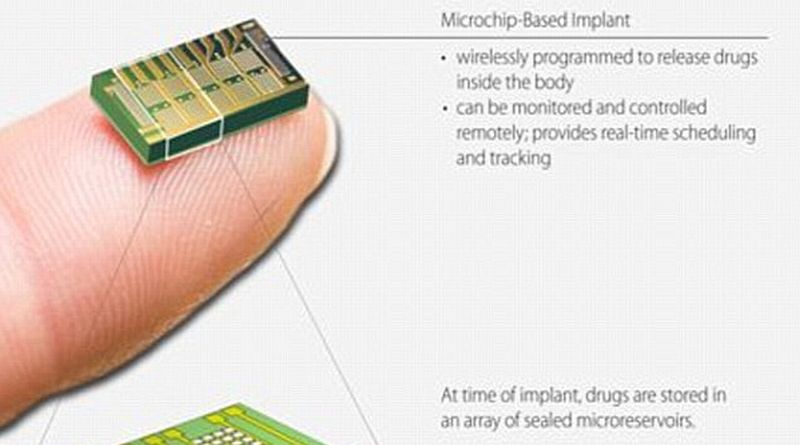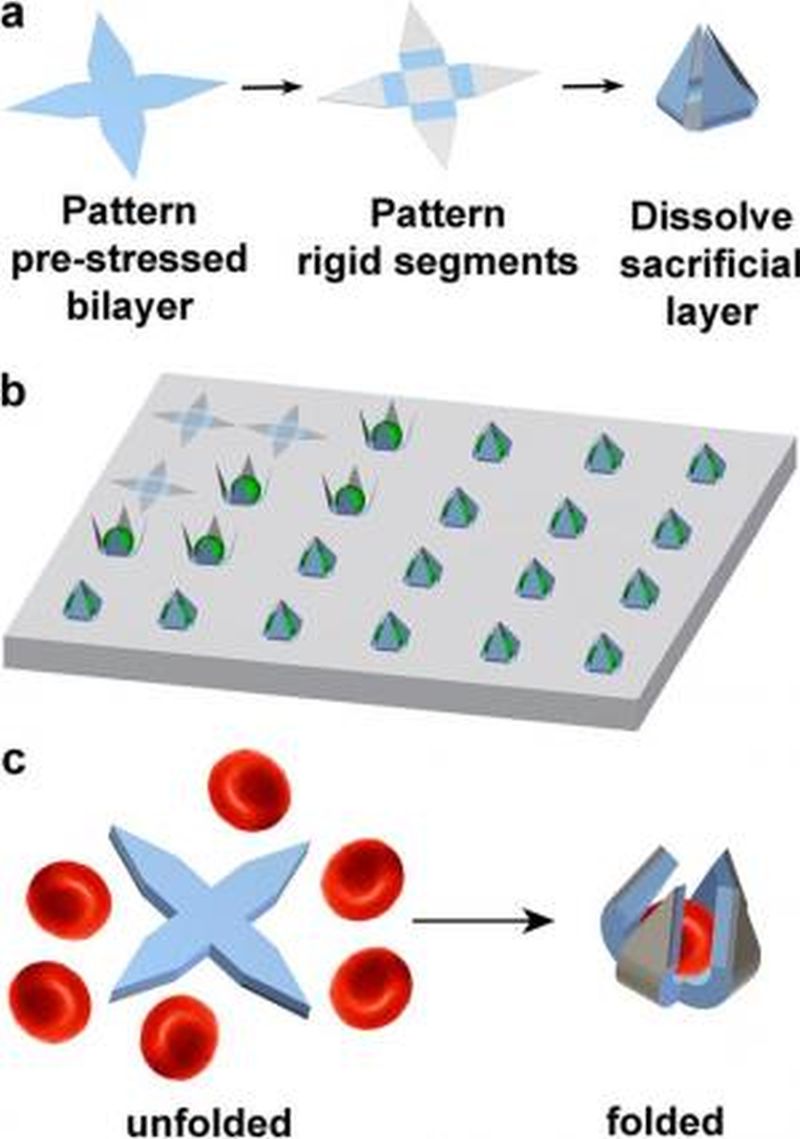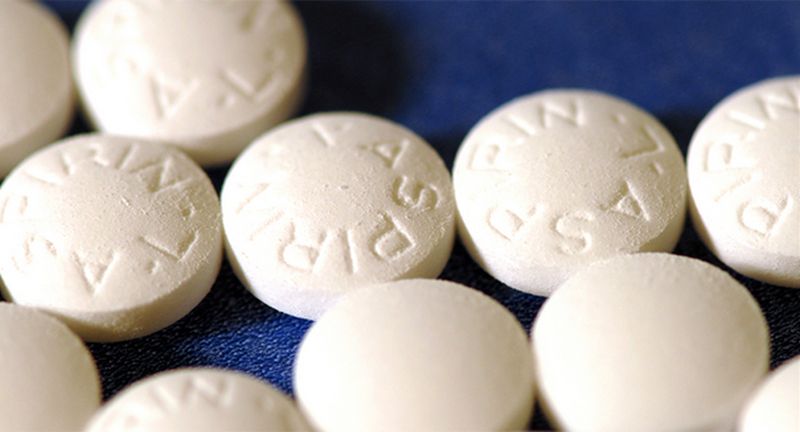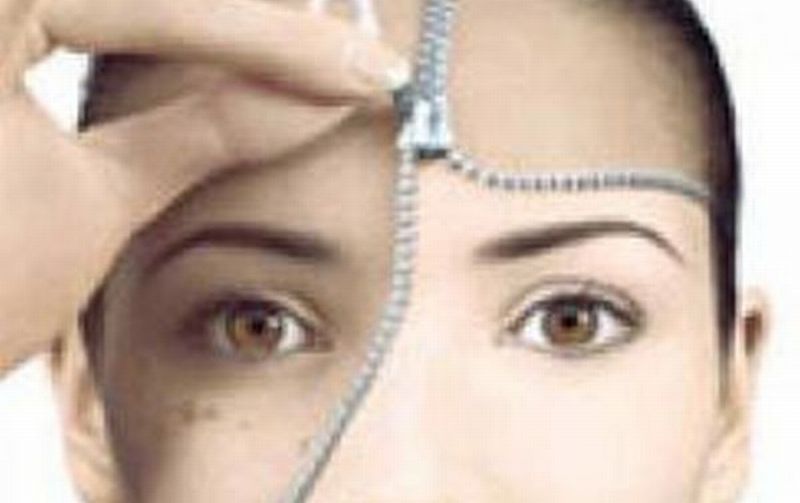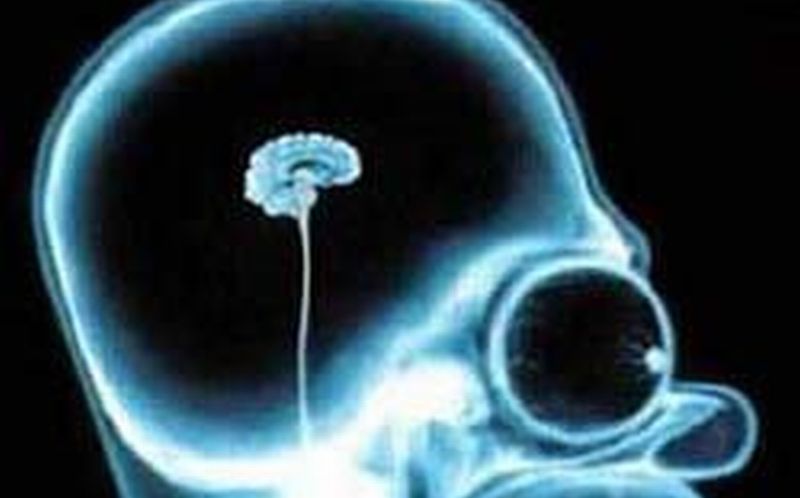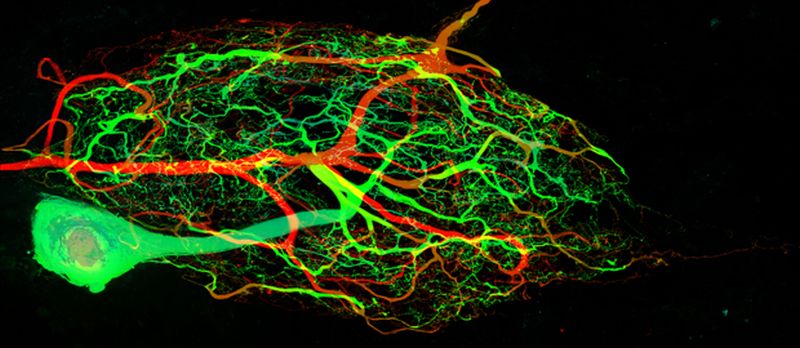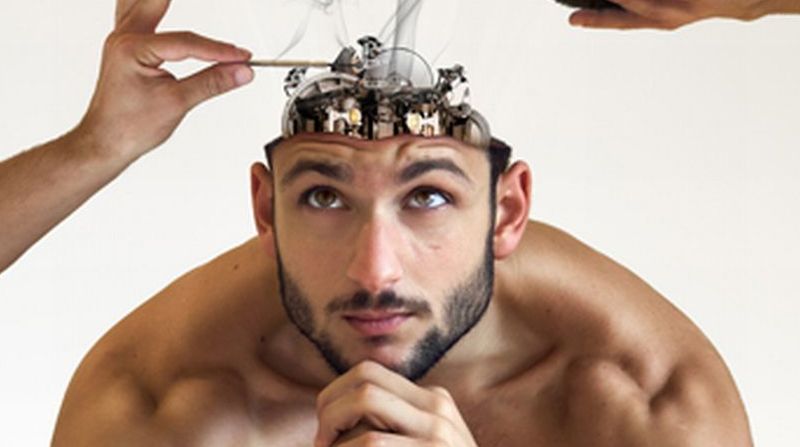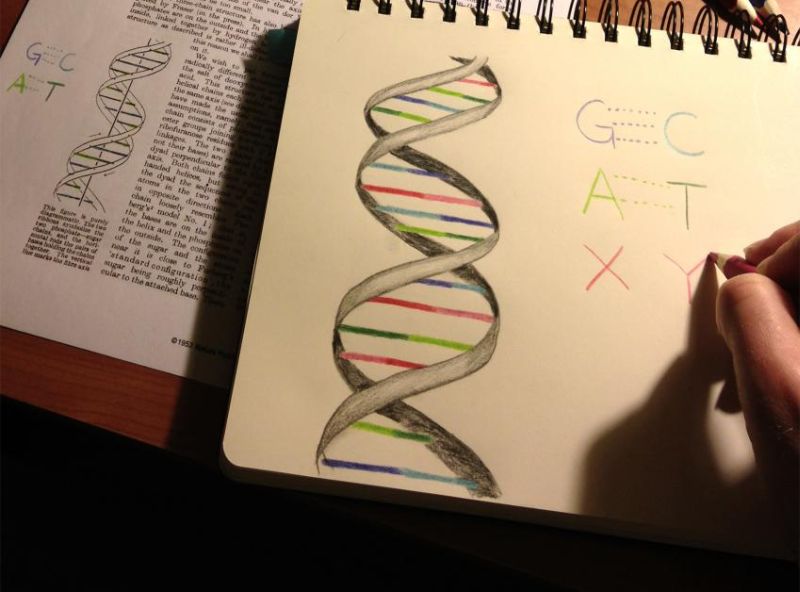Many of us believe that food rich in antioxidants or taking antioxidant supplements is essential for maintaining a healthy life and prevents diseases like cancer, coronary heart disease and altitude sickness. A scientist from Cold Spring Harbor Laboratory and a Chicago colleague has rebutted this popular belief. They propose that a diet rich in antioxidants or antioxidant pills might not be beneficial in shielding against cancer.
Read MoreCategory: Health Tonics
Back Pain does not Link to the Weather Conditions: Posture is to be blamed
Australian researchers have come up with a study that has exploded the stereotypical myth of the reason behind the lower back pain. Till now temperature, humidity, air pressure and wind direction have been blamed for causing the lower back pain in people. However, the team of researchers has rebutted this external reason. As per WHO, nearly 33% of the world’s population suffer from lower back pain and people in huge number blame weather condition for the discomfort in the respective bodies. Initial studies showed that extreme weather conditions altered the…
Read MoreContraceptive Implant with Remote Control: Women Conceiving with a Push of Button
Last month we witnessed MagnetoSperm microrobots for the nanoworld and now research scholars at MIT lab have devised a technology oriented birth control drug delivery system, which can be controlled from the outside. The 20 x 20 x 7 millimeters devise is supposed to be implanted inside the skin somewhere around buttocks, abdomen or upper arm. The mechanism Single implant will last for about 16 years with 30mg of levonorgestrel doling out per day. Levonorgestrel is the same hormone that is used in most of the over the counter contraceptives.…
Read MoreGenes Too Influences Will Power: Low Warrior Gene means Poor Self-control
To achieve a goal in life or to live in a society, humans have to exercise will power, to avoid negative thoughts and temptations that can drag them to a wrong direction. Will power is one of the human strength, which like a muscle can be exercised, but genes can also influence it.
Read MoreSelf-folding Gripper for Capturing Single Cells: Wafer Fabricated for Cellular Analysis
Human body is composed of different biological cells. Each cell is unique. Research shows that a sample of biopsied tumor consists of various distinct cells. These cells differ in their rate of proliferation, responsiveness to drugs, potential metastasis and so on. Therefore, it is essential for researchers to understand the behavior of individual cells and then accordingly design therapy and treatments, for which seizing individual cell is very important.
Read MoreAspirin an Antidote for Pancreatic Cancer: Anti-inflammatory Properties might Reduce the Risk
According to a research conducted by Yale Cancer Center and Yale School of Public Health, regular consumption of aspirin can almost cut half an individual’s risk of developing pancreatic cancer. Researchers found that individuals, who took low dose aspirin for years, had reduced chances of being diagnosed with pancreatic cancer.
Read MoreSalamanders can Regrow Lost Body Part: Limb Regeneration
Salamanders have long been known for their ability to successfully regenerate lost body parts like limbs or tail which works just like as original. This novel ability of salamanders has fascinated researchers working in the area of regenerative medicine and have been engaged in understanding the exact regeneration process. Finally, researchers from University College London seem to have unfolded the regeneration process of salamanders.
Read MoreOxytocin can Rejuvenate Muscle Regeneration: Beneficial Metabolic Effect
Until now, we knew Oxytocin as the hormone which is associated with sex, childbirth, maternal nurturing and other kinds of social bondings. But researchers at the University of California, Berkeley, now claim that Oxytocin has a bigger role to play and have found to be majorly contributing in repairing and maintaining healthy muscles in elderly mice.
Read MoreNeuroprosthetic Devices on Deep Brain Simulation Technology: Implants to Restore Memories
A new initiative by the US military program focuses around treating defense personals from the after effects of being into war. In majority of cases, soldiers who come back from battle zones develop adjustment problems or psychiatric disorders to be more specific. For instance, combatants were diagnosed with “shell shock” during the era of WW I, “battle fatigue” during WW II and in Vietnam War, it was PTSD, post-traumatic stress disorder. Backed up by President Obama’s brain initiative, DARPA has received a funding of $70 million from the US to…
Read MoreCynicism is Directly Proportional to Dementia: Stop being Judgmental
The American Academy of Neurology recently brought about a health-related journal, where they postulated a direct relation between personality of an individual and dementia. The research carried an experiment, which demonstrated link between cynicism and dementia. During an eight-year period of the study, researchers examined nearly 1,450 individuals who were given tests for dementia and a questionnaire, with an aim of checking the respective level of cynicism. People having an average age of 71 were taken into account. The research was not limited to just one aspect but factors like high blood…
Read MoreLearning Process helps Survival of New Neurons: Using Brain at Optimal Levels
In an interesting study in the field of neuroscience, researchers have postulated that learning during the early ages of life helps in the survival of brain cells. Early learning also influence the functioning of brain cells after puberty claimed the same team. An experiment on rats demonstrated that brain cells that were exposed to learning survived with respect to the brain cells in animals that were not allowed to master a particular task. In addition, it was observed that the latter set of animals died quickly too.
Read MoreInternal Monitoring System Responsible for Neural Self-Regulation: The Most Complex Machinery
Parts of any machinery can be replaced, modified or tampered with only when the machine is in an off mode. It is nearly impossible to fiddle around with any operational part while it’s functioning. However, the same principle does not apply for our biological process, especially when we are talking about a nerve cell. This continuous rebuilding without affecting the overall operations has always been neuroscience’s biggest questions. Many theories have been put forward but none of them has ever reached any concrete census. Lately, Eve Marder, the Victor and…
Read MoreStimulating Neurons can modify Human Learning: Curbing the Addictive Behaviors
Neuroscientists at the University of Pennsylvania have put forth a research as per which excitation of a set of dopamine-sodden neurons within the brain has substantial chances of altering the learning process. These neurons are present in substantia nigra, the grey matter in the midbrain. Stimulating this patch of the brain has resulted in altered learning by swaying people to reiterate physical actions leading to positive reinforcement producing immediate reward. For the experiment, eleven individuals who were going through deep brain stimulation (DBS) treatment for Parkinson’s disease were taken into…
Read MoreRight Enzymes Replicated the Semi-Synthetic DNA: Expanded-DNA Biology
Scientists always dig deeper into the functioning of nature in order for their better understandings. At times, these trials and errors have given rise to serendipity or accidental discoveries in science, amongst others, recent being how sliding saltwater over graphene generated electricity. While at other times, these experiments go beyond the natural order of workings even at the miniscule level.
Read MoreHigh Fiber Diet helps in Combating Overeating Problems: Acetate for Eating Disorders
Researchers from the Medical Research Council (MRC) and Imperial College London have discovered an anti-appetite molecule named as acetate. These acetate molecules are discharged when our body digests fibre. The released acetate molecules carried to the brain, which then signals our body to stop consuming more food.
Read More


